Media | Articles
Final Parking Space: 1986 Toyota Tercel SR5 4WD Wagon
Subaru began selling four-wheel-drive-equipped Leone station wagons in the United States as 1975 models, and each passing year after that saw more American car shoppers deciding that they wanted cars—not trucks, cars—with power going to all four wheels. Toyota got into that game with the Tercel 4WD wagon, sold here for the 1983 through 1988 model years, and I’ve found one of those cars in its final parking space in Denver.

The very affordable Tercel first went on sale in the United States as a 1980 model, badged as the Corolla Tercel at first (in order to take advantage of the name recognition for the unrelated Corolla, which had been a strong seller since its American debut in 1966).

The original Tercel had an interesting powertrain layout, with a longitudinally-mounted engine driving the front wheels via a V-drive-style transmission that sent power to a differential assembly mounted below the engine. This resulted in an awkward-looking high hood but also meant that sending power to a rear drive axle was just a matter of adding a rear-facing output shaft to the transmission.

Making a four-wheel-drive Tercel wasn’t difficult with that rig plus a few off-the-shelf parts, and Toyota decided to add a wagon version of the Tercel at the same time. This was the Sprinter Carib, which debuted in Japan as a 1982 model. The Tercel 4WD Wagon (as it was known in North America) hit American Toyota showrooms as a 1983 model.

A front-wheel-drive version of the Tercel Wagon was also available in the United States, though not in Japan; most of the Tercel Wagons I find during my junkyard travels are four-wheel-drive versions.
Marketplace
Buy and sell classics with confidence

This car has four-wheel-drive, not all-wheel-drive (as we understand the terms today), which means that the driver had to manually select front-wheel-drive for use on dry pavement. Failure to do so would result in damage to the tires or worse. American Motors began selling the all-wheel-drive Eagle as a 1980 model, with Audi following a year later with its Quattro AWD system, while Toyota didn’t begin selling true AWD cars in the United States until its All-Trac system debuted in the 1988 model year.

The Tercel 4WD Wagon sold very well in snowy regions of North America, despite strong competition from Subaru as well as from the 4WD-equipped wagons offered by Honda, Nissan, and Mitsubishi.

This one is a top-of-the-Tercel-range SR5 model with just about every possible option. While the base 1986 Tercel FWD hatchback started at a miserly $5448 ($15,586 in today’s dollars), the MSRP for a 1986 Tercel SR5 4WD wagon was $8898 ($25,456 after inflation).

One of the coolest features of the SR5 version of the ’86 Tercel 4WD Wagon was the six-speed manual transmission, with its “Extra Low” gear. If you’re a Tercel 4WD Wagon enthusiast (many are), this is the transmission you want for your car!

The SR5’s plaid seat upholstery looked great, as an added bonus.

These cars were reasonably capable off-road, though the lack of power made them quite slow on any surface. This is a 1.5-liter 3A-C SOHC straight-four, rated at 62 horsepower and 76 pound-feet (probably more like 55 horsepower at Denver’s elevation).

The curb weight of this car was a wispy 2290 pounds and so it wasn’t nearly as pokey as, say, a Rabbit Diesel, but I’ve owned several 1983-1988 Tercel Wagons and I can say from personal experience that they require a great deal of patience on freeway on-ramps.

I can also say from experience that the Tercel Wagon obliterates every one of its anywhere-near-similarly-priced competitors in the reliability and build-quality departments. This one made it to a pretty good 232,503 miles during its career, and I’ve found a junkyard ’88 with well over 400,000 miles on its odometer.

The air conditioning added $655 to the price tag, or $1874 in today’s dollars. This one has an aftermarket radio, but SR5 4WD Wagon buyers for 1986 got a pretty decent AM/FM radio with four speakers as standard equipment. If you wanted to play cassettes, that was $186 more ($532 now).

The Tercel went to a third generation during the 1988 model year (both the second- and third-generation Tercels were sold in the United States as 1988 models), becoming a cousin of the Japanese-market Starlet and getting an ordinary engine orientation in the process. The 4WD Wagon went away, to be replaced by the Corolla All-Trac Wagon. The 1996 Tercel ended up being the last new car available in the United States with a four-speed manual transmission, by the way.

These cars make fun projects today, though finding rust-free examples can be a challenge.
***
Check out the Hagerty Media homepage so you don’t miss a single story, or better yet, bookmark it. To get our best stories delivered right to your inbox, subscribe to our newsletters.









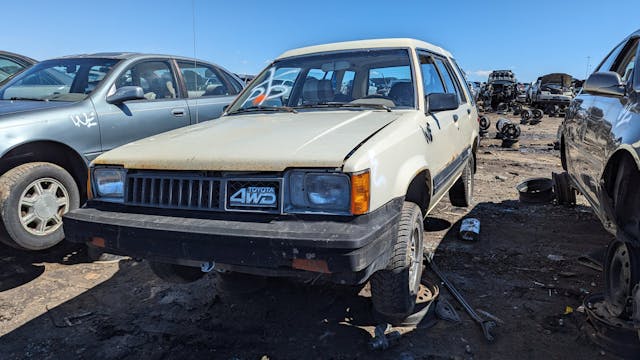
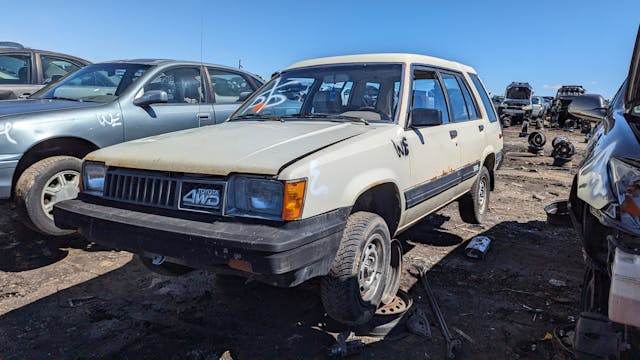
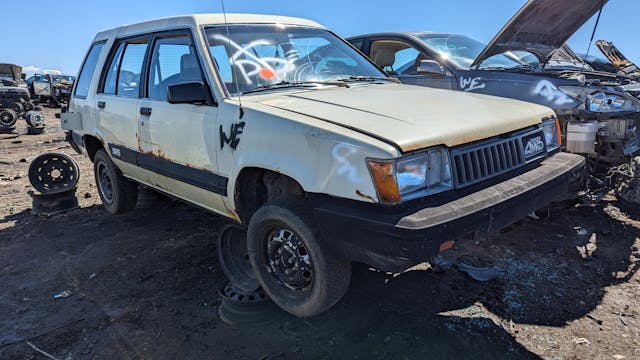
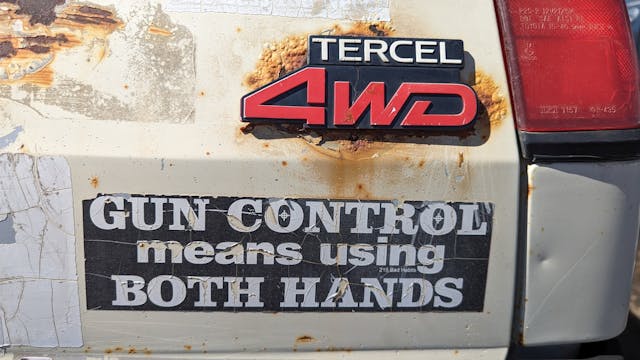
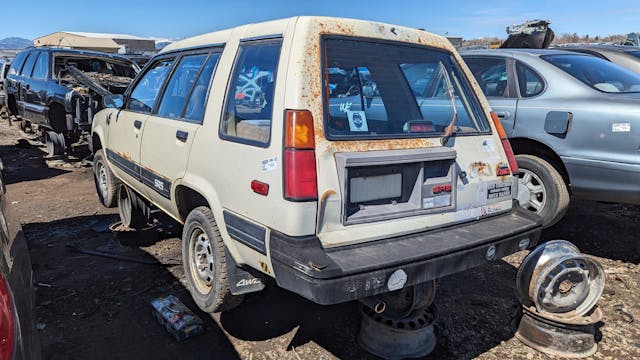
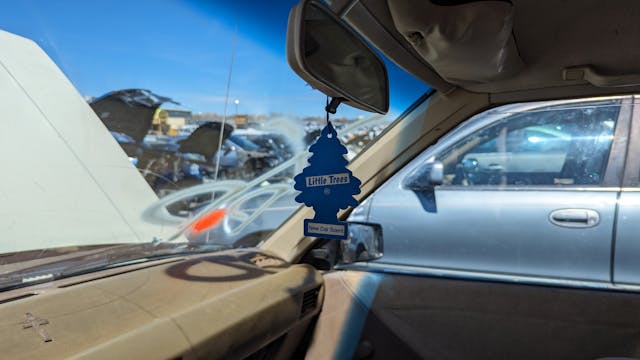
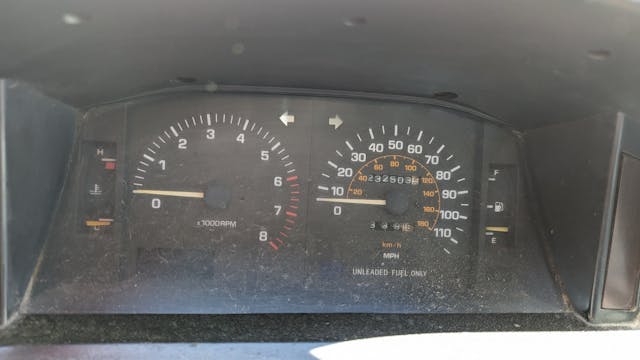

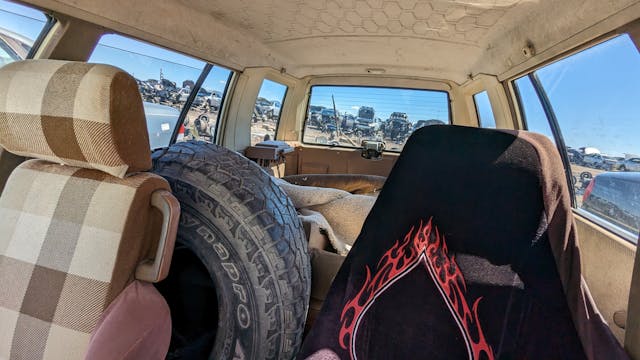
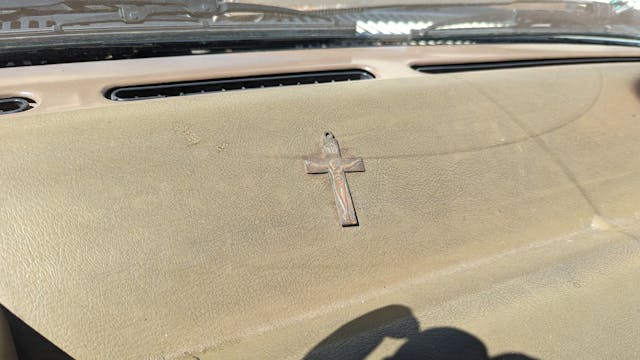
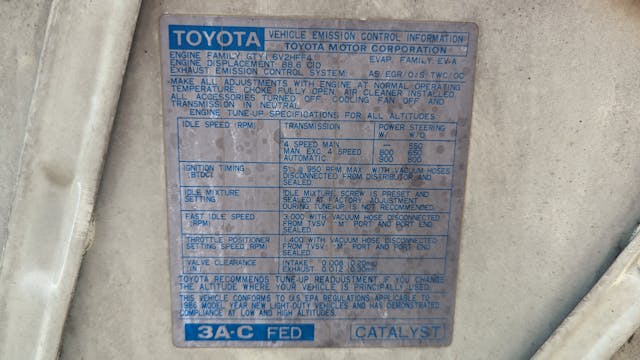

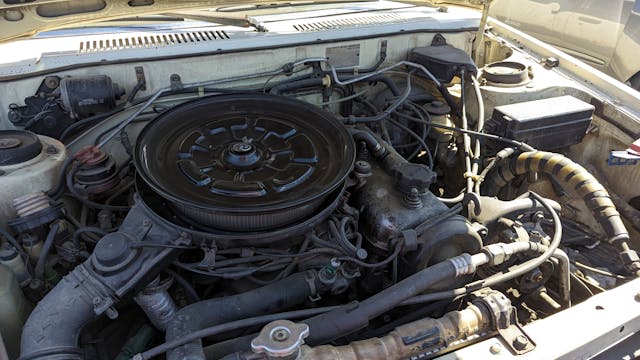
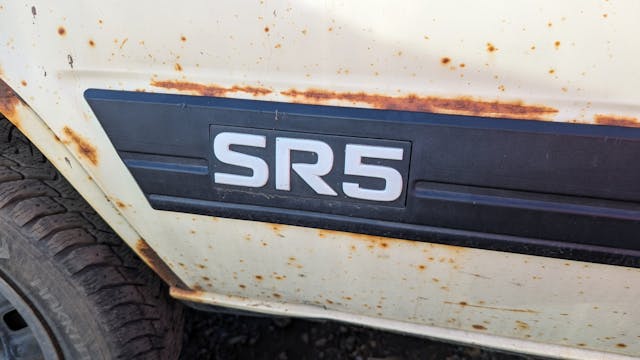
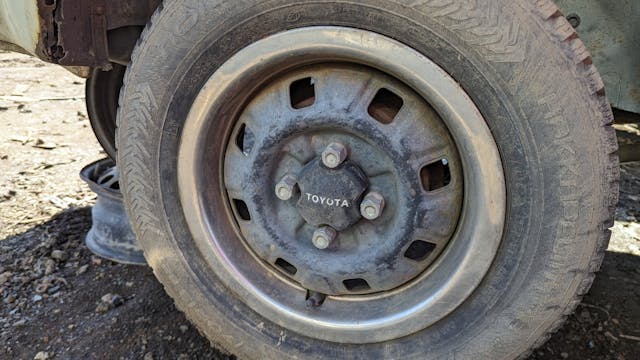
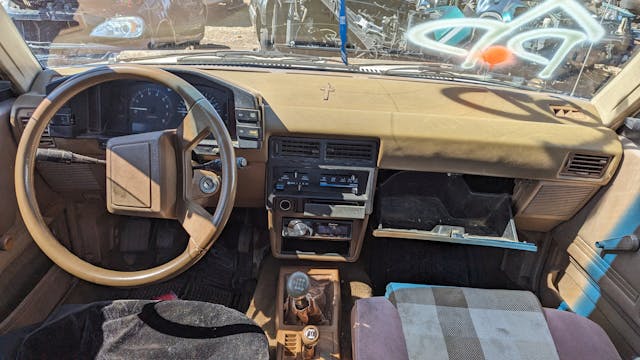
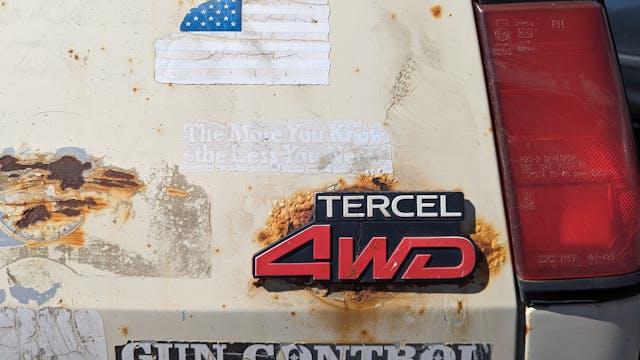

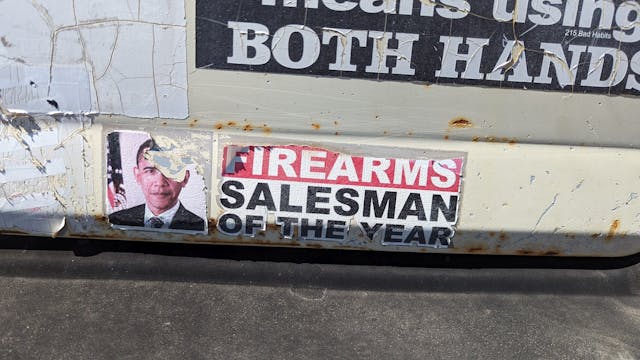
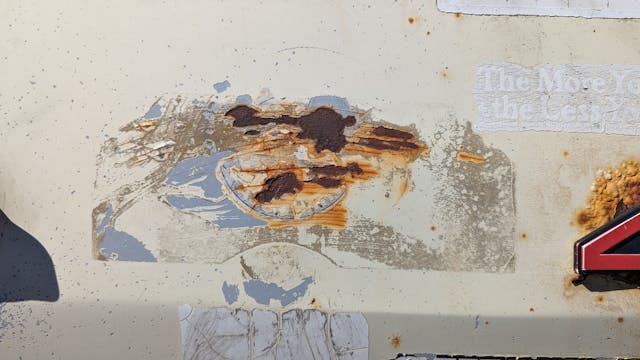
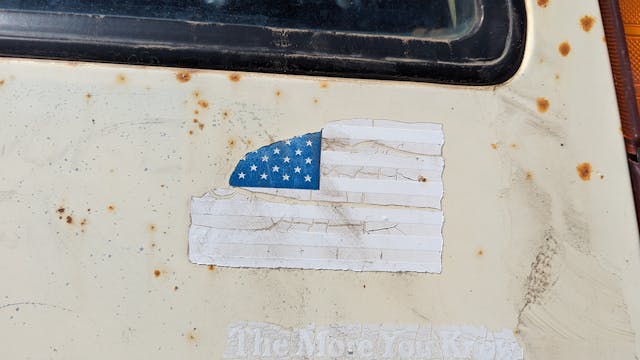
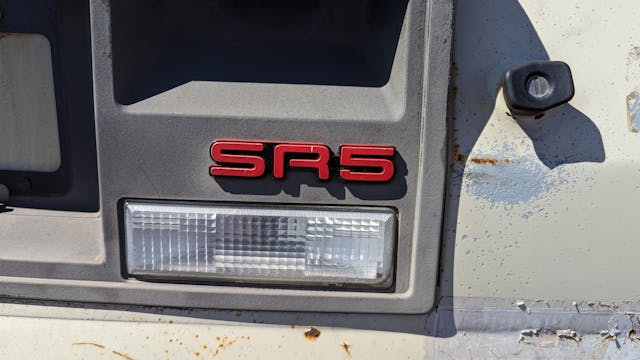
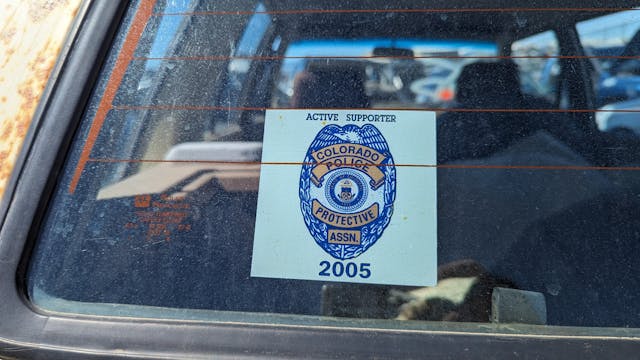
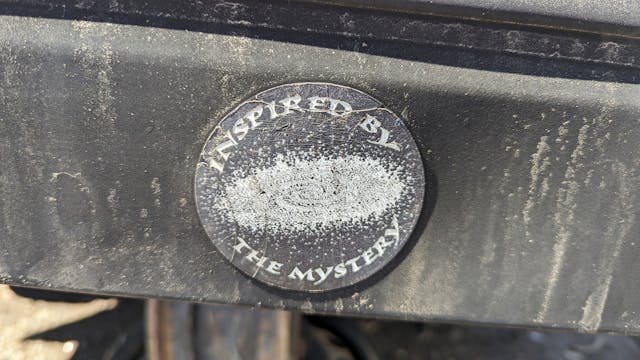
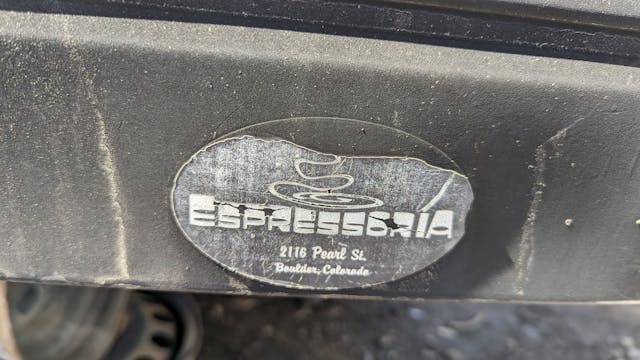
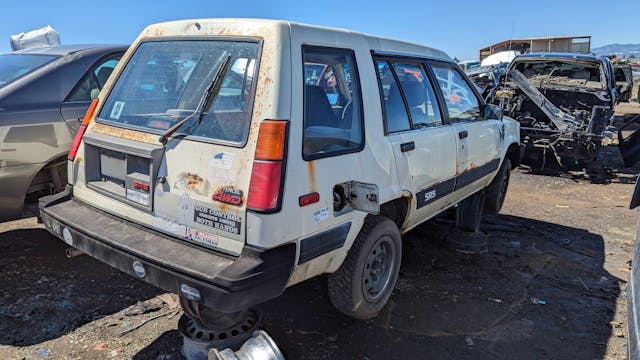



























































My family had the penultimate version of this, 1987, 4wd, extra low gear, and sunroof. Never seen another with sunroof. Blue. I cannot begin to describe what this car survived and conquered. Had to let it go late 90’s due to poverty and repairs needed, but probably the best car I ever had. Would drive it proudly today. https://www.encycarpedia.com/us/toyota/85-tercel-4wd-wagon
These things were go anwhere bullet proof vehicles. They just ran and ran. The bodies however rusted to death in all the salt loving states in the winter. 80’s Toyota’s did not live well in Chicago body wise. We had a ’86 Toyota van that was doing awesome but the body was becoming quite “holey” with rust.
The Majorette die-cast replica of the Tercel 4WD (#273, 1/55 scale, in metallic green) that I had in the 1980s used to be one of my favorite toys.
if the undercarriage looked no worse than the body exterior, what a shame to see this car in your article. with a lotta elbow grease, it could even be a decent 50 footer. alas, i can’t save ’em all… : (
I had 2 of these ’86 SR5’s in the day. One my dad bought brand new & I drove until it died & liked it so much I found another. Was a blast to drive in the snow! Kinda miss them. Both of mine ate front CV joints (RF IIRC). They’d start making noise & give plenty of warning that new ones were needed. Was just a cost of owning one & easy to change.